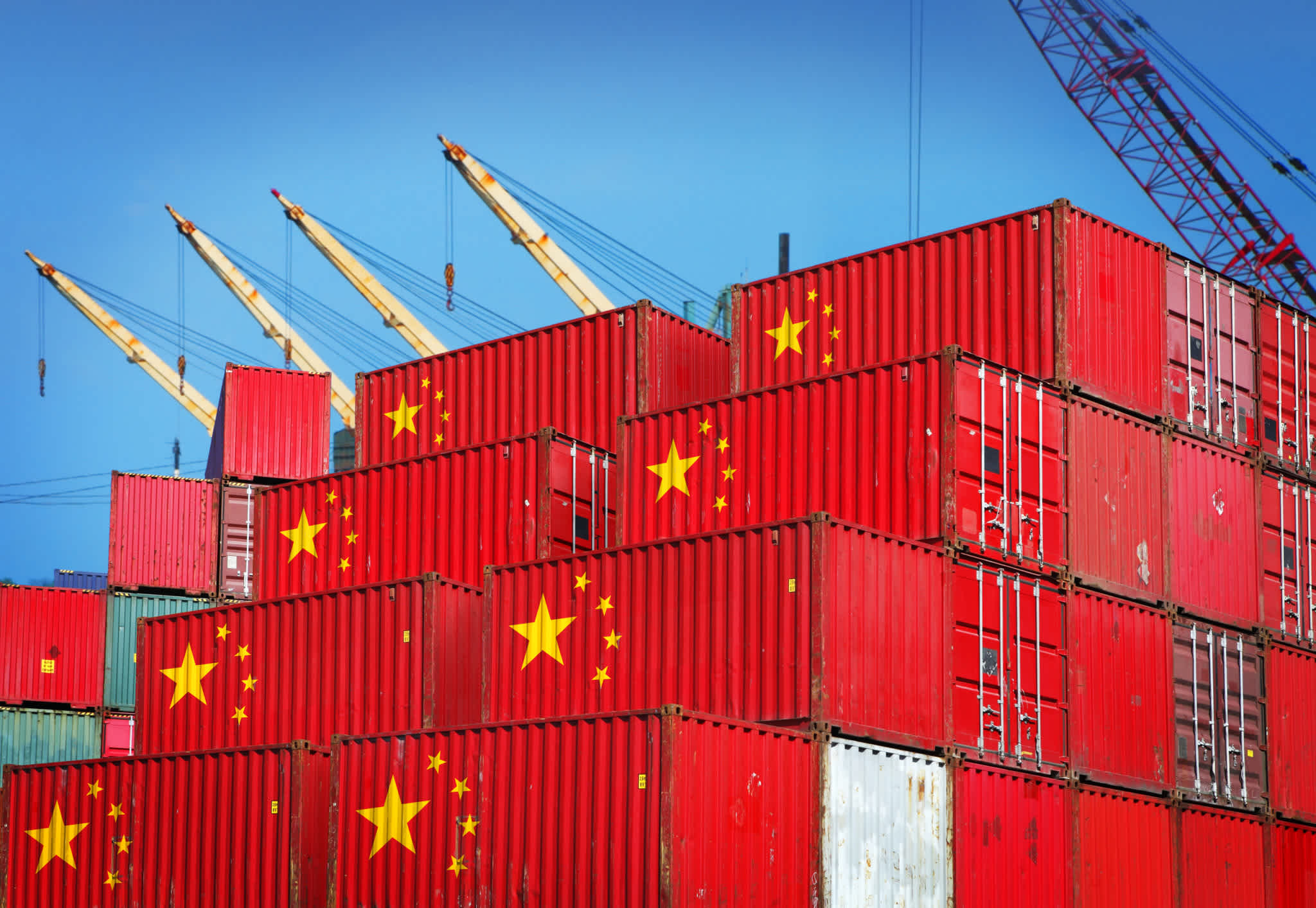
November 21, 2015
The History and Future of the Panama Canal
The History and Future of the Panama Canal
(Photo from Creative Commons, via the Boston Public Library.)
The Panama Canal was a project of biblical proportions when it opened in 1914. At the lower tip of Central America, engineers created the world’s largest man-made lake by building the world’s largest dam. The decades-long construction project claimed tens of thousands of lives, led to the creation of the state of Panama, and cost the equivalent of $14 billion today.
But its opening in August, 1914 elicited little fanfare. The onset of World War I canceled the grand plans for ribbon cutting as battles between French, British, and German troops dominated headlines. Newspapers relegated the opening entirely to back pages.
It was the largest construction project in history, literally involving moving mountains to link the world’s oceans. Yet for all its grandness, the canal has become too small. An increasing number of container ships, tankers, and even cruise ships no longer fit through the canal. Their hulls are too wide.
The canal’s administrators and Panama’s politicians responded with a $5.25 billion plan to expand it. “The Panama Canal route is facing competition,” said President Martin Torrijos. “If we do not meet the challenge to continue to give a competitive service, other routes will emerge that will replace ours.” After a decade of financing and construction, the expanded lane is scheduled to open in April, 2016.
This piece is a consideration of how the Panama Canal might once again reshape global trade.
Part 1: History of the Panama Canal
To figure out why the canal is important, take a look at the map. Cutting a canal through Panama would connect the Atlantic Ocean to the Pacific Ocean. Passenger, cargo, and military ships would no longer have to travel around the southernmost tip of South America. The 51-mile route shaved nearly 8000 miles off the journey between the coasts of North America.

Europeans had been dreaming of building a canal through Panama ever since early explorers failed to find a water passage to the Indies. At one point during the California Gold Rush, the Panama Rail Road Company became the most highly valued company on the New York Stock Exchange. Prospectors eager to get in on the action sailed to Panama, rode the railroad to the Pacific, and caught ships headed to San Francisco.
The French got in first. A French company built the Suez Canal in the 1860s, linking the Red and Mediterranean Seas. A decade later, the government-backed Panama Canal Company invested $400 million to start work.
That effort was a total disaster. Nobody was prepared for tropical conditions, and over 20,000 builders and engineers died of yellow fever and malaria. The company abandoned the project, and scandal rocked the country. People later discovered that French politicians had accepted bribes to keep quiet about the company’s troubles even as they encouraged families to invest for the glory of France.
Then the Americans took over. The U.S. Secretary of State authorized buying out the the project for $40 million—more than former presidents spent on the Louisiana Purchase and Alaska combined. Colombia, which owned the land around the project, originally rejected a treaty that that gave America sovereignty over the canal in perpetuity. In response, President Roosevelt dispatched the USS Nashville to support separatists to declare independence in Panama. Those separatists gave him the terms he sought.
The American effort was initially little better than the French. But they didn’t give up, and instead made two big changes. First, engineers abandoned an effort to dig a sea-level canal. Instead they designed a “bridge of water”: a series of enormous locks that would raise and lower ships by 85 feet for them to pass through. Second, they realized the importance of health and battling disease. The efforts entirely transformed the canal zone. As PBS reports: “Workers drained swamps, swept drainage ditches, paved roads and installed plumbing. They sprayed pesticides by the ton. Entire towns rose from the jungle, complete with housing, schools, churches, commissaries, and social halls.”
By the end of this effort, over 6500 people died. Perhaps it was fitting then that the celebration of the canal’s opening was muted.
Part 2: Business on the Panama
Historian David McCullough has noted that the canal project was remarkably free of corruption, graft, and delay. It even finished early, opening six months ahead of schedule.
Unfortunately that was a time of war, when world trade was in decline. An average of only five ships a day passed through the canal over its earliest years. At first it served military interests better than commercial ones: 33 ships of the U.S. Navy sailed from the Atlantic to the Pacific in July 1919.
The Second World War changed everything. Traffic doubled from seven thousand ships a year to 14,000, and in 1966, workers installed lights that allowed ships to navigate the channel 24 hours a day. The canal only avoided long lines by implementing a reservation system that books months in advance. American battleships and aircraft carriers and the Tokyo Bay, then the largest container ship in the world, all squeezed through the canal.
The Panama Canal shaped ship design. The largest ships that can navigate it became the global standard: the Panamax. Up to 1988, the largest container ships were all Panamaxes, and through World War II, the U.S. Navy built its ships to Panamax. Its Essex class aircraft carriers—built from 1941 to 1950—had deck-edge elevators that folded up to fit through the canal.
Embedded content: https://youtu.be/fA-pnN54uPw
Panamax also became a standard for ports, which designed their harbors to fit ships no larger than a Panamax. This not only shaped the size of docks and the depth of the harbor, but also the height of bridges over rivers, the size of the cranes used to unload containers, and the capacity of cargo that ports can handle.
By the early 2000 however, the Panama Canal had become a bottleneck. It couldn’t deal with the very large container ships that were starting to become standard: A Post Panamax Plus, which debuted in 2000, can hold up to 8,000 TEUs, but it can’t fit through the canal. Today’s largest, the Triple-E, can hold as much cargo as six Panamaxes.
The Panama Canal is still busy today. But while Panamax (or smaller) ships represent 80% of the container ship fleet, they only carry 55% of its cargo—an amount expected to drop to 40% by 2030.
Part 3: The Expansion
Toll fees through the canal are 3% of Panama’s GDP. There was a real risk that carriers would avoid the canal because it was becoming obsolete. So in a 2006 referendum, Panamanians approved plan to spend $5.25 billion to expand the canal.
We don’t know yet exactly how the expansion will impact global trade. Still, we can speculate from some existing trends.
Panama planned the expansion when growth prospects in Asia and the Americas looked rosy, and the financial crisis already forced canal administrators to reduce their estimates of increased toll fees. The expansion will make it cheaper to ship cargo straight from Asia to the East Coast, but for products like shoes and t-shirts, the lower cost may not be worth the extra time it takes to sail through Panama. And in the world of rail, operators may reduce their fees to undercut the price advantage of shipping cargo through the canal.
Ports like Jacksonville, Savannah, and Newark plan to spend north of $5.5 billion to ready their ports for “New Panamax” ships, and Gulf ports in Texas and Louisiana are doing the same. The Port Authority of New York and New Jersey is spending $1 billion to raise the Bayonne Bridge so that New Panamax ships can sail underneath it. Jacksonville will deepen its harbor at a cost of $766 million.

Increasing the physical size of ports, however, is not enough to accommodate New Panamax ships. Taller ships need taller cranes to unload cargo, and bigger ships and more cargo means ports need more warehouses and more (or more productive) rail and highway links.
The canal expansion has also sent people scrambling beyond East and West Coast ports. American railroads are increasing capacity in expectation of more cargo. Shippers are building New Panamax ships, which has led the Journal of Commerce to speculate about how soon Panamaxes may be scrapped.
But the future isn’t so rosy even after this expansion.
First of all, this expansion may soon already be obsolete. Shipping companies have built vessels that won’t fit through even the new locks. And so Panama is already considering another $17 billion expansion that would make it as wide as the Suez Canal.
In addition the current expansion has had a cost overrun of $1.5 billion. Administrators have already announced higher tolls to try to cover it, and that has led shipping companies to ask whether the Suez Canal or American railroads can offer a better value.
The canal also faces competition in Central America. A Hong Kong-based company has signed an agreement with the Nicaraguan government to build a canal—even though most analysts dismiss its ambitions as outlandish or even as a cover for a land grab. Guatemala and Honduras plan to build a “land bridge” of railroads and highways.
Panama’s politicians and administrators are optimistic for now. They’re hoping that expansion will turn the country into a regional hub like Singapore. In any case, Panama’s 4 million inhabitants are benefitting from the paradoxical implications of canals: That they turn the smallest places on earth into the biggest players for trade.





